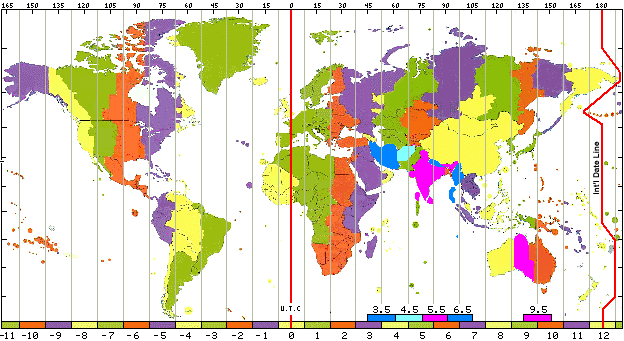On October 13, 1884, a pivotal moment in history unfolded as representatives from 26 nations convened in Washington, D.C. Their mission: to resolve a pressing issue that had long plagued global interactions-the lack of a standardized time system. The outcome was the birth of Greenwich Mean Time (GMT) as the universal time standard, with the prime meridian passing through Greenwich, England.
Fun Facts:
- The International Meridian Conference, held on October 13, 1884, was a landmark event in the history of timekeeping and navigation. It declared Greenwich, England, the location of the prime meridian, making it the reference point for universal time. This decision, made by representatives from 26 nations, was a crucial step towards global time standardization.
- The prime meridian (0° longitude) passes through the Royal Observatory in Greenwich. This observatory, established in 1675, became the center of time calculation due to its accurate and reliable measurements. All global time zones are measured relative to this point, making it the cornerstone of global time standardization.
- Before the conference, there was no universal standard for timekeeping. Different countries and cities used their own local time, often based on the sun’s position, leading to confusion, especially in travel and commerce.
- The adoption of Greenwich Mean Time (GMT) was a game-changer for global navigation, particularly for maritime nations. The prime meridian, now a fixed reference point, revolutionized the way longitude was determined, paving the way for more accurate and efficient navigation.
- Twenty-six countries, including the United States, France, and Japan, attended the conference, with only San Domingo (now the Dominican Republic) voting against the proposal.
- Today, while Coordinated Universal Time (UTC) has replaced GMT as the modern global time standard, GMT remains the basis for calculating time zones, particularly in aviation and maritime industries.
- Adopting a universal time standard also helped standardize railway timetables and facilitated the growth of international trade and communication, making it easier to synchronize global activities.

